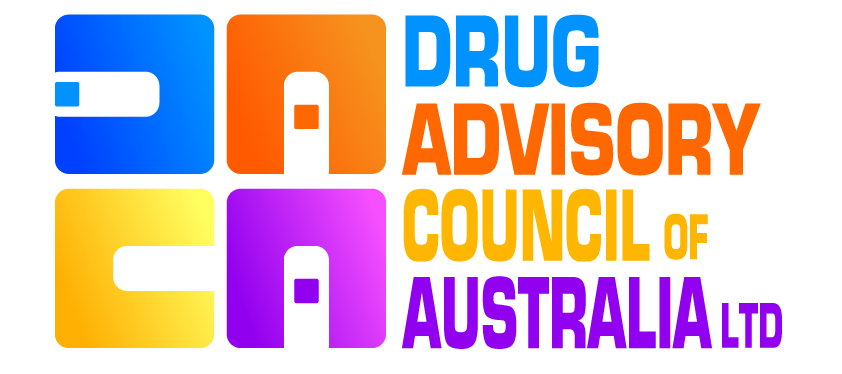Ed Cara Jul 10, 2018, 4:00pm
People living with opioid addiction are increasingly using the inhalation method to get high, warns a new review published Monday in JAMA Neurology. The technique known as “chasing the dragon”, which involves heating up heroin and inhaling its fumes through a pipe, may be safer in some ways than injection, but it comes with its own set of devastating side effects, including irreversible brain damage and dementia.
The doctors behind the study, led by neurologist Ciro Ramos-Estebanez of the University Hospitals Cleveland Medical Center in Ohio, were inspired to study the topic after coming across a strange case in 2015.
A young woman suffering from opioid intoxication had fallen into a coma. The coma was caused by a build up of spinal fluid in her brain, a condition known as hydrocephalus. The woman’s spinal fluid had become trapped by chronic inflammation in the brain caused by inhaling heroin.
She ultimately recovered from her coma, though with lasting cognitive impairment, after doctors performed emergency surgery that drained the lodged spinal fluid.
It was the first case of hydrocephalus linked to inhaled heroin ever reported, and it made Ramos-Estebanez and his team eager to understand the phenomenon better
Looking at more than 30 studies and case reports, which included the cases of two other patients at their hospital, the team settled on some basic observations.
For one, while there’s sparse information on how often addicts are inhaling heroin, the little data that does exist suggests it’s the fastest growing method of use, the team found.
In countries such as Sri Lanka, Norway and India, over two-thirds of heroin users admit inhaling it regularly. In the US, injection is still the most common method, but inhalation is increasing, especially in cities and areas east of the Mississippi.
It’s also becoming more popular among teens. In 2014, the team found, 21 per cent of all inpatient hospital visits due to heroin abuse among 12- to 19-year-olds involved inhalation.
The extent of damage caused by inhaling heroin also runs along a spectrum. At its mildest, it can cause memory loss and mild but long-lasting cognitive impairment; at its worst, it can kill off and create sponge-like holes in the brain’s white matter, the bundles of connective fibre that allow brain cells to talk to one another. That can lead to seizures, problems speaking, progressively worse dementia, coma and death.
Ramos-Estebanez and his team also developed a theory as how and why this damage happens. The high temperatures used to vaporise heroin, they speculate, metabolise it into a chemical that can cross the blood-brain barrier with greater ease. And because how fast it gets to the brain, these chemicals aren’t metabolised by the body into a relatively less toxic substance. The end result is a potent high that is more directly dangerous to the brain.
“Most people who take heroin intravenously don’t develop this condition,” Ramos-Estebanez said. “You’re actually washing out the dose a bit before it gets to the brain.”
Ultimately, Ramos-Estebanez wants doctors and the public to treat inhaled heroin as an emerging public health problem. Being able to recognise its signs in opioid users earlier might just be life-saving, too: Some small studies have identified a few drugs that seem capable of preventing further brain damage if administered quickly enough.
Outside of these sites, Ramos-Estebanez wants to dispel the notion that inhaling heroin is necessarily safer than other routes, such as injection. Many people, for instance, may inhale to avoid the risk of catching bloodborne diseases through contaminated needles.
“‘Chasing the dragon’ is not as safe as portrayed. And this isn’t something some doctor is saying to scare people away, it’s reality,” Ramos-Estebanez said. “It’s a heavy cost for patients, their families and society itself.”
In addition to creating accurate criteria that doctors can use to diagnose people who have brain damage caused by inhaled heroin, Ramos-Estebanez and his team are also currently trying to establish a registry so cases can be better tracked and studied.



